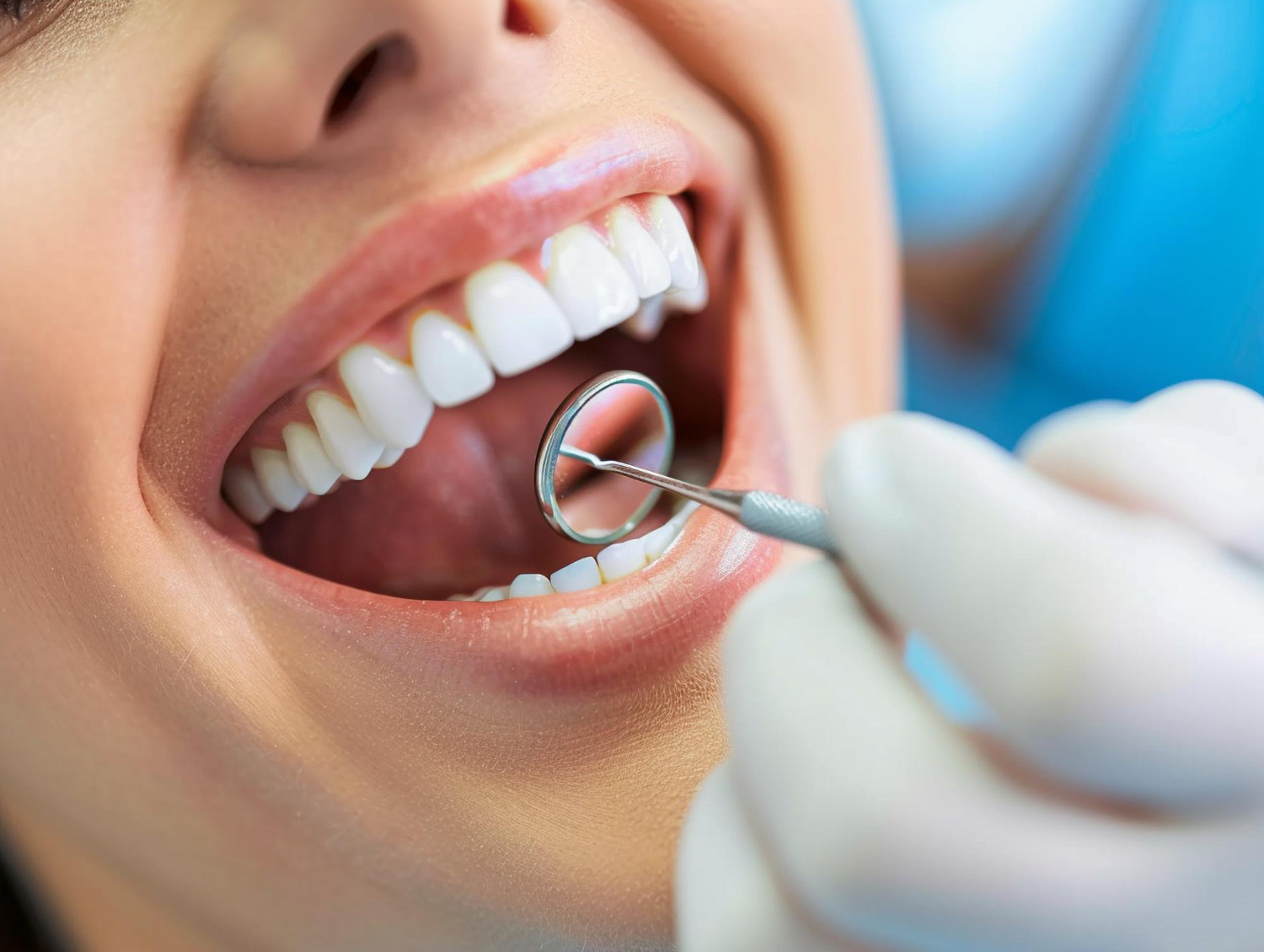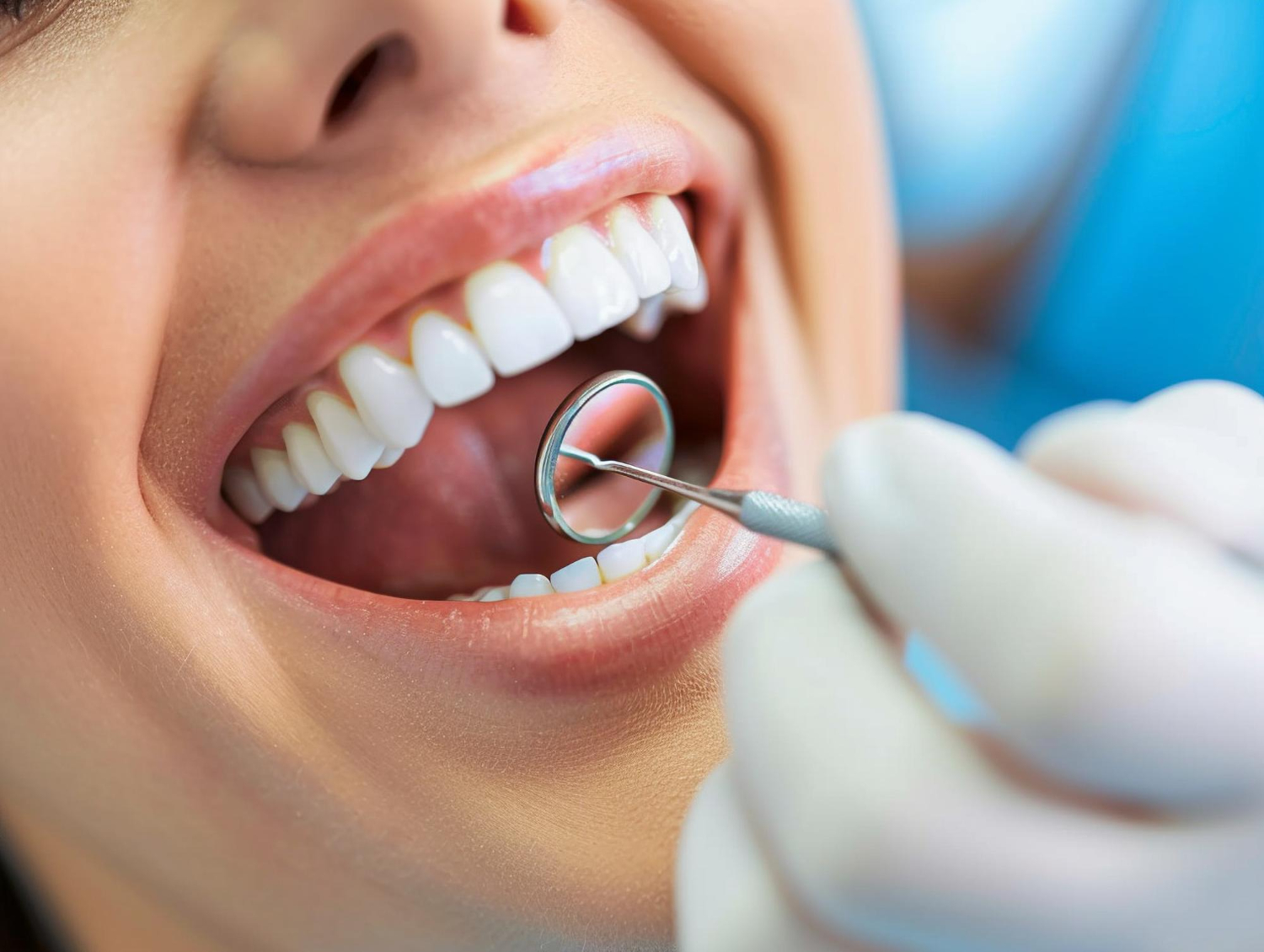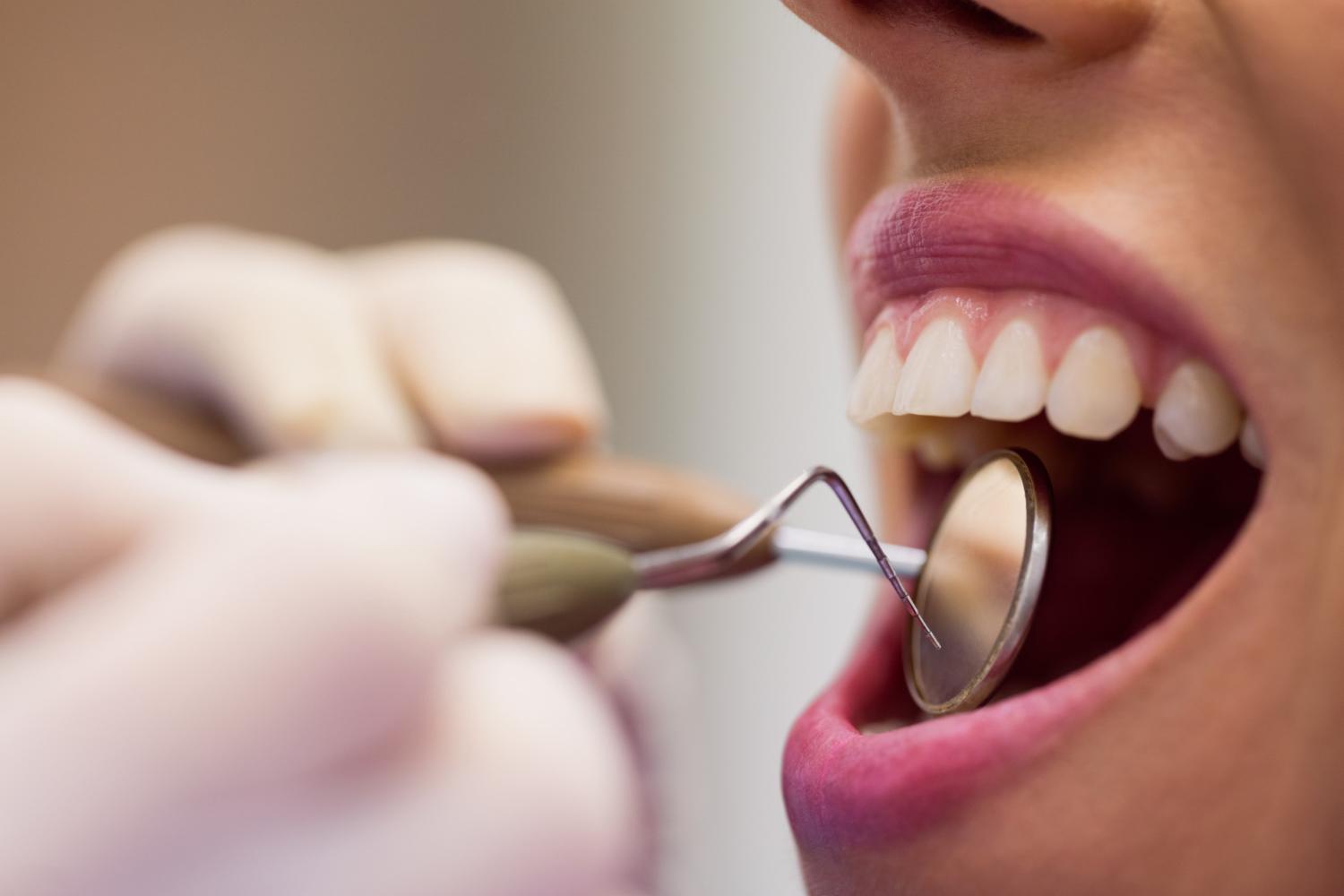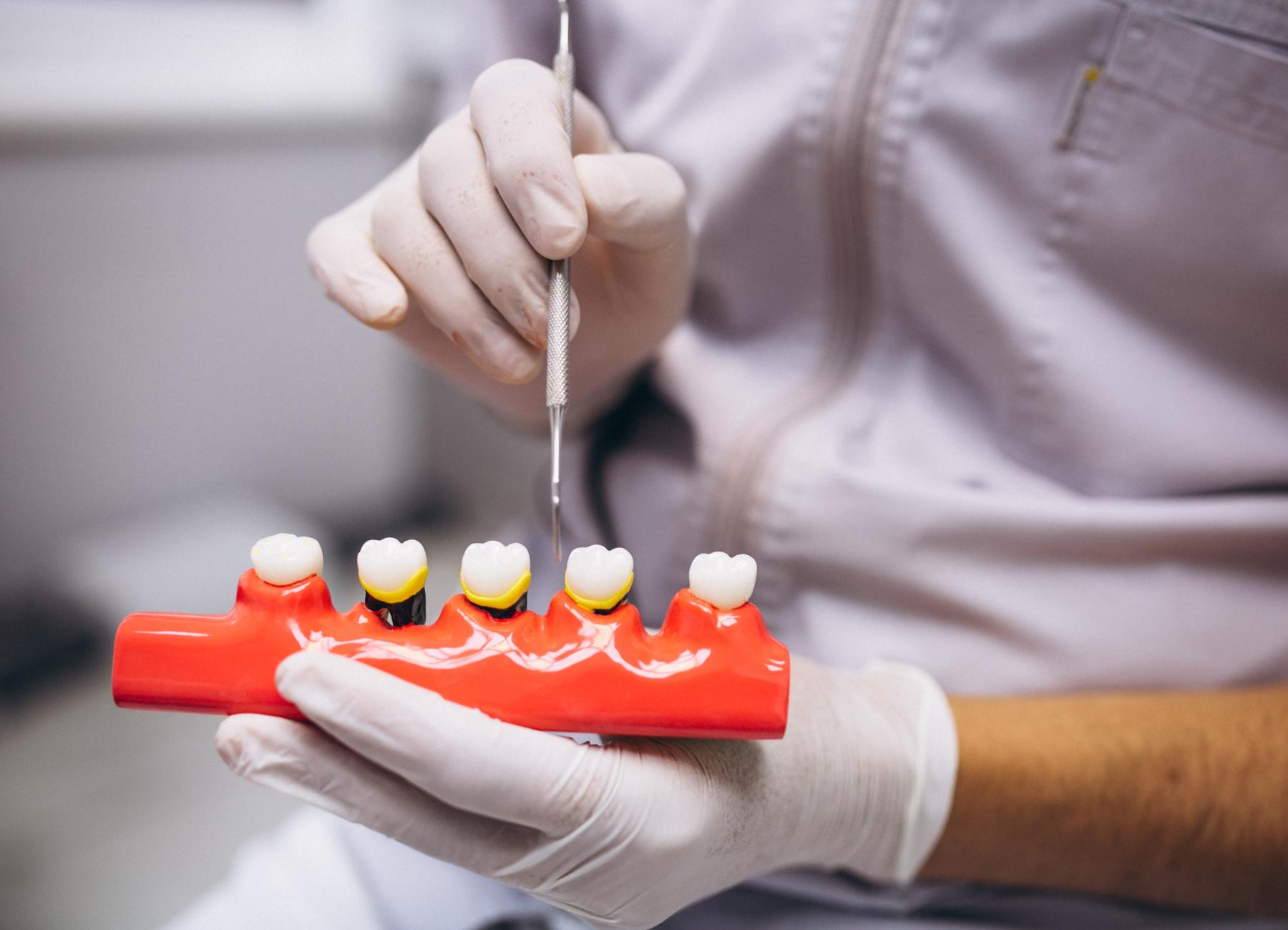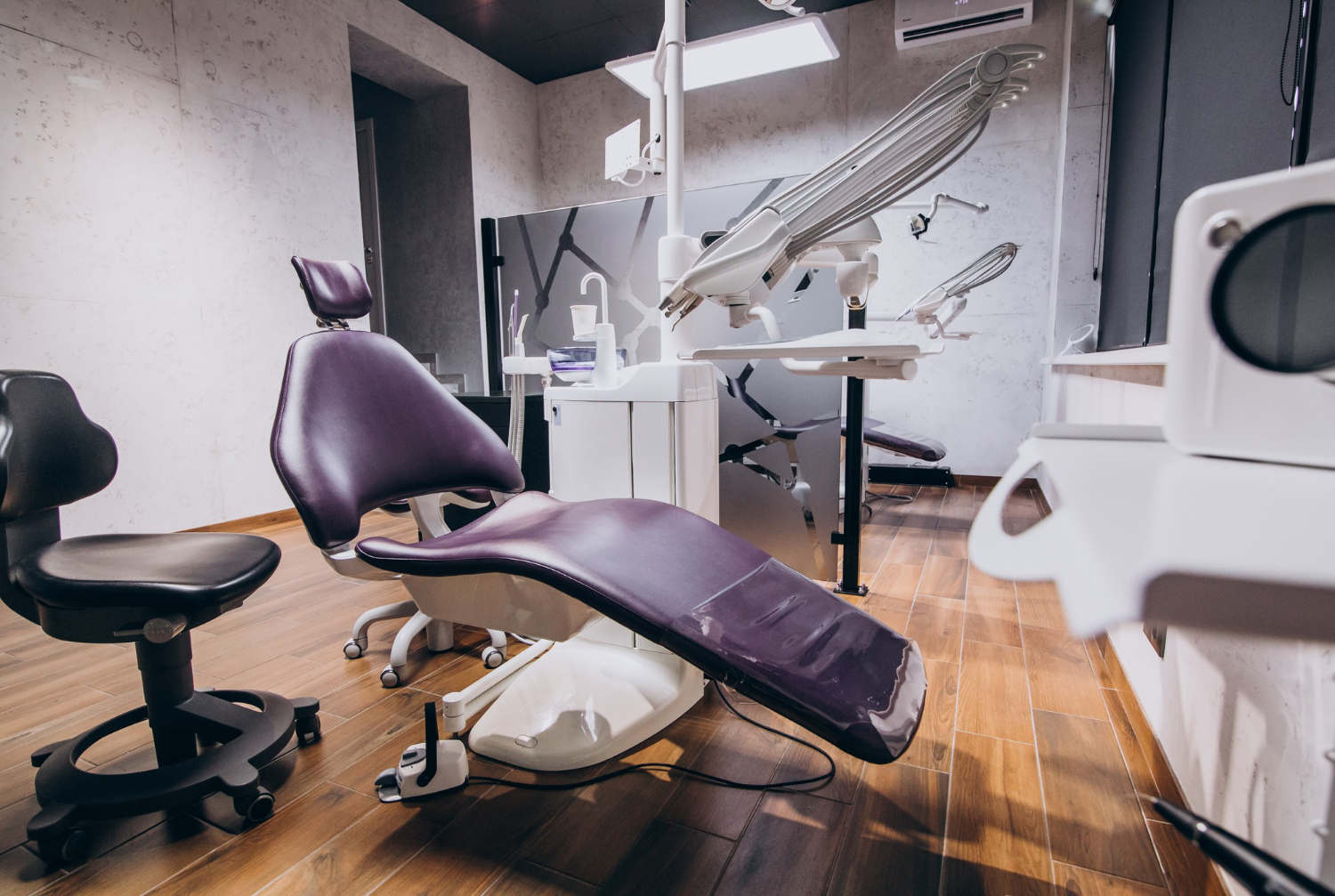Nobody wakes up wishing for a toothache. But most people only call the dentist when something starts to hurt. That habit skips over the smartest way to care for your mouth: stop problems before they start. Preventative dentistry isn’t just about brushing reminders—it’s a low-effort, high-reward way to keep your teeth stronger, longer. Let’s dig into the real reasons it works so well, and why people in Coquitlam and beyond should give it more credit.
Detects Decay or Gum Issues Before They Worsen into Serious Problems
Cavities and gum disease rarely shout when they begin. They whisper. Preventative dentistry picks up those whispers early—sometimes before you feel a thing. That early detection means tiny spots of decay get handled before they reach the nerve. Mild gum inflammation gets addressed before your gums start to pull away from your teeth.
Catching issues early keeps treatment simple. No need for drilling or numbing when a problem gets spotted at the surface. You save your smile from major procedures, and your wallet from major costs. Staying a step ahead of pain and damage puts you in control—not the other way around.

Keeps Enamel and Gums Strong Through Regular Cleanings and Checkups
No matter how well you brush, plaque finds a way to settle in. A professional cleaning scrapes off buildup you can’t reach with floss or a toothbrush. That keeps enamel hard and gums tight—two essentials for long-lasting dental health. Every checkup gives your teeth a reset.
Regular visits also give your dentist a full view of your mouth over time. That history helps them notice subtle shifts, like early gum recession or enamel thinning. Catching those changes early keeps your bite strong and your smile stable. Think of it like tuning an instrument—you keep everything in key before it gets out of balance.
Reduces Need for Costly Treatments like Crowns, Root Canals or Extractions
Big treatments start with small problems. That root canal? Probably started as a tiny cavity. That crown? A crack that got ignored. Preventative dentistry cuts those stories short before they turn into budget busters. Spotting trouble early means your tooth stays whole and your treatment simple.
Avoiding big repairs saves more than money—it saves time and discomfort. Sitting for hours while getting a crown or extraction isn’t anyone’s idea of fun. When you stay ahead with routine care, your visits stay short, your procedures stay minor, and your smile stays real.

Helps Maintain Fresh Breath and Healthy Gums by Removing Plaque Build-up
Bad breath isn’t always about garlic or coffee—it often comes from plaque. That sticky film breeds bacteria that smells and spreads. A good cleaning clears it out and resets your mouth’s freshness. Your breath gets better, and your confidence goes with it.
Healthy gums do more than hold your teeth in place. They also act as a barrier against infection and decay. When plaque stays too long, it irritates your gums and weakens their grip. By staying on top of cleaning, you protect both your breath and the soft tissue that anchors your smile.
Supports Oral Hygiene Habits That Protect Teeth Across a Lifetime
Dental habits aren’t just about brushing twice a day. They’re about knowing how to brush, when to floss, and what to eat for strong teeth. A visit to a Coquitlam dentist gives you real-time coaching on how to fine-tune your daily routine so it works better.
Good habits add up. When you learn the right way to care for your teeth early, you avoid years of wear and tear. That means fewer surprises, fewer repairs, and a stronger mouth at every age. Preventative care sets you up for success whether you’re 17 or 70.
Allows Early Detection of Oral Cancer or Other Soft-tissue Concerns
Oral cancer rarely comes with early symptoms you’d spot at home. A trained eye, though, can see the warning signs—color changes, tissue shifts, odd sores. Preventative visits aren’t just about your teeth—they include a scan of your whole mouth.
Catching these signs early gives you better treatment options and dramatically improves outcomes. A small spot treated early is far easier to manage than something found too late. Staying proactive can literally be lifesaving, and that’s worth a short visit every six months.

Reduces Risk of Gum Disease That Can Lead to Tooth Loss or Bone Damage
Gum disease starts quietly. Redness, light bleeding, or swelling may seem minor, but they signal deeper trouble. When left unchecked, that inflammation begins to erode the bone that holds your teeth. Over time, loose teeth and jaw pain follow.
Routine care keeps that from happening. Regular cleanings remove the bacteria that trigger gum breakdown. Early-stage gum disease can often be reversed, but only if it’s caught in time. It’s easier to prevent the damage than to rebuild what’s lost—especially when bone is involved.
Saves Time and Discomfort by Avoiding Emergency Dental Visits Later
Emergencies love bad timing. Toothaches hit on weekends. Broken fillings show up during weddings. Most of these panics are preventable. Routine check-ins help spot the cracks, wear, and decay that usually lead to painful surprises.
Skipping out on early care often leads to more visits, not fewer. One missed checkup can turn into a string of appointments for fillings, root canals, or even extractions. Choosing prevention means fewer disruptions and more peace of mind. Your calendar—and your nerves—will thank you.
Smiling Creek Dental Helps You Build a Stronger, Healthier Smile That Lasts a Lifetime with Personalized Preventative Care in Coquitlam
Waiting for dental pain is like waiting for your car to break down before you ever change the oil. Preventative dentistry works better, costs less, and saves you from bigger problems later. Smiling Creek Dental in Coquitlam delivers more than cleanings—we provide insight, guidance, and tools tailored to your mouth and lifestyle. Our team knows how to catch what others miss, and they make every visit feel easy.
We treat every patient like a long-term investment. Whether it’s your first visit or your fiftieth, our focus is on helping you avoid future stress, pain, and expense. The sooner you get started, the longer your smile stays strong. Contact us today to book a visit with Smiling Creek Dental and take the first confident step toward lifetime dental health.




